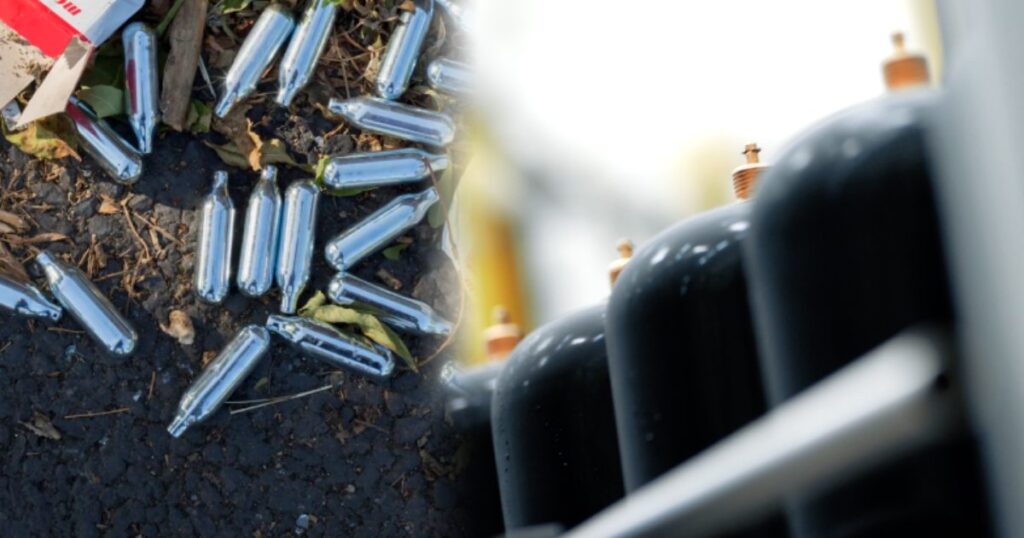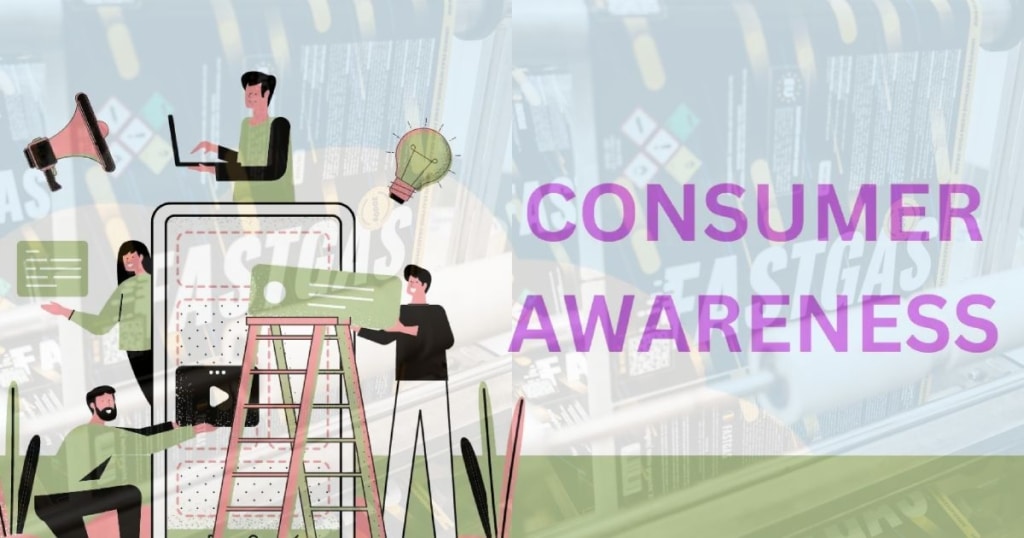Environmental Impact of Cream Chargers: Understanding the Effects on Our Planet
FastGas Blog
The use of cream chargers, small canisters filled with nitrous oxide, has long been integral to the culinary arts for creating whipped cream and other culinary foams. While these tools are praised for their convenience and efficiency, there is a growing concern about the environmental impact of cream chargers. Nitrous oxide, the gas used in cream chargers, is a potent greenhouse gas with approximately 300 times the warming potential of carbon dioxide, positioning it as a significant contributor to global warming when not managed properly.
As consumers become more eco-conscious, the focus shifts to understanding the entire life cycle of products, from production to disposal. The cream charger environment is no exception. Disposal of these canisters poses challenges, as they often end up in landfills where they may release nitrous oxide, exacerbating climate change. Therefore, it is imperative to assess the immediate benefits of cream chargers in culinary applications and consider the broader environmental implications of their use. Companies like Fast-Gas have begun to address these concerns by promoting eco-friendly practices and sustainability in their products.
Key Takeaways
- Nitrous oxide in cream chargers contributes significantly to their environmental impact.
- Responsible disposal and recycling mitigate the ecological footprint of cream chargers.
- Innovative industry practices aim to enhance the sustainability of cream charger usage.
Environmental Concerns and Impact
This section critically examines cream chargers’ environmental concerns and impact, addressing their eco-footprint from production to disposal. Your awareness and actions matter in mitigating these effects.
Greenhouse Gas Emissions
Nitrous oxide (N2O), the gas found in cream chargers, is around 300 times more potent greenhouse gas than carbon dioxide (CO2) at trapping heat in the atmosphere. Its contribution to global warming is significant, making the Cream Charger Environment a subject of environmental scrutiny.
Waste and Disposal Issues
Improper disposal of empty cream chargers leads to a rise in waste, with most ending up in landfills. The culinary industry often overlooks the importance of proper disposal and recycling, resulting in environmental harm.
Materials and Sustainability
Manufacturers typically construct cream chargers from steel, a recyclable material. However, the sustainability of this practice hinges on efficient recycling programs and eco-conscious manufacturing processes.
Regulatory Guidelines and Safety
There are safety guidelines regarding using N2O and cream chargers, as misuse can be dangerous or illegal. Adherence to these regulations is crucial for safe culinary applications and environmental protection.
Innovation and Eco-Friendly Solutions
Innovation in this space is leading to more eco-friendly alternatives. For instance, Fast-Gas emphasises sustainable practices through initiatives focused on reuse and recycling programs, reducing the carbon footprint of culinary delights.
Culinary Industry Practices
The culinary industry has specific practices for using whipped cream dispensers that can impact the environment. Manufacturers are urged to adopt more sustainable practices in their manufacturing processes.
Alternatives to Traditional Cream Chargers
In gastronomy, particularly molecular gastronomy, the search for sustainable practices continues. Exploring eco-friendly and sustainable alternatives to traditional N2O cream chargers reduces environmental impact while serving desserts and other culinary creations.
Consumer Awareness and Responsibilities
As you navigate the culinary world of foams and mousses, your choices have tangible environmental impacts. Understanding how to incorporate sustainability into using cream chargers is crucial for reducing your ecological footprint.
Choosing Sustainable Products
When selecting cream chargers, look for those that promote sustainability and are made from recyclable materials. Eco-friendly alternatives can significantly lower the environmental impacts of your culinary experiences.
Recycling and Proper Disposal
Recycling and proper disposal of used cream chargers are key to preventing waste buildup in landfills. Accessible recycling programs enable you to contribute to waste management efforts, preserving the environment for future generations.
Impact on Wildlife and Natural Habitats
Discarded cream chargers can harm wildlife and degrade natural habitats. Your commitment to eco-conscious disposal of whipped cream chargers is vital in protecting biodiversity and maintaining the health of ecosystems.
Educational and Community Initiatives
Participate in or initiate community-driven educational programs sharing knowledge about the Cream Charger Environment. This shared learning strengthens family and community bonds while fostering eco-friendly practices.
Promoting Eco-Conscious Culinary Practices
Encourage and practice eco-conscious culinary habits, such as reducing the reliance on single-use cream chargers and exploring creative alternatives, which aids in minimising your environmental concerns without compromising on creativity in your culinary achievements.
Frequently Asked Questions
When exploring the effects of cream chargers on the environment, it’s essential to address common inquiries regarding their use and disposal. These questions help clarify the ecological consequences and guide responsible practices.
What are the ecological consequences of using nitrous oxide in whipped cream dispensers?
Nitrous oxide (N2O), used in cream chargers, is a significant greenhouse gas. Although effective for creating whipped cream, its release contributes roughly 300 times more to global warming than carbon dioxide.
Is it possible to recycle whipped cream canisters, and if so, how?
Yes, you can recycle whipped cream canisters, as most are made of steel. Ensure the canisters are empty, and check with your local recycling program for specific guidelines on steel recycling.
What are the environmental risks associated with the improper disposal of cream chargers?
Improper disposal of cream chargers can lead to soil and water contamination. Steel takes a significant time to degrade and can release chemicals into the environment, causing long-term ecological damage.
How does the greenhouse effect relate to nitrous oxide emissions from cream chargers?
Nitrous oxide emissions from cream chargers contribute to the greenhouse effect by trapping heat in the atmosphere, thus exacerbating climate change and impacting global temperature regulation.
How can consumers minimise their environmental footprint when using cream chargers?
Consumers can minimise their environmental footprint by opting for brands that emphasise sustainability, properly recycling canisters, and using cream chargers with lesser ecological impacts.
In what ways are manufacturers addressing the sustainability concerns of cream chargers?
Manufacturers are increasingly aware of the Cream Charger Environment, with companies like Fast-Gas working on eco-friendly initiatives that include producing recyclable chargers and reducing emissions during manufacturing processes.







